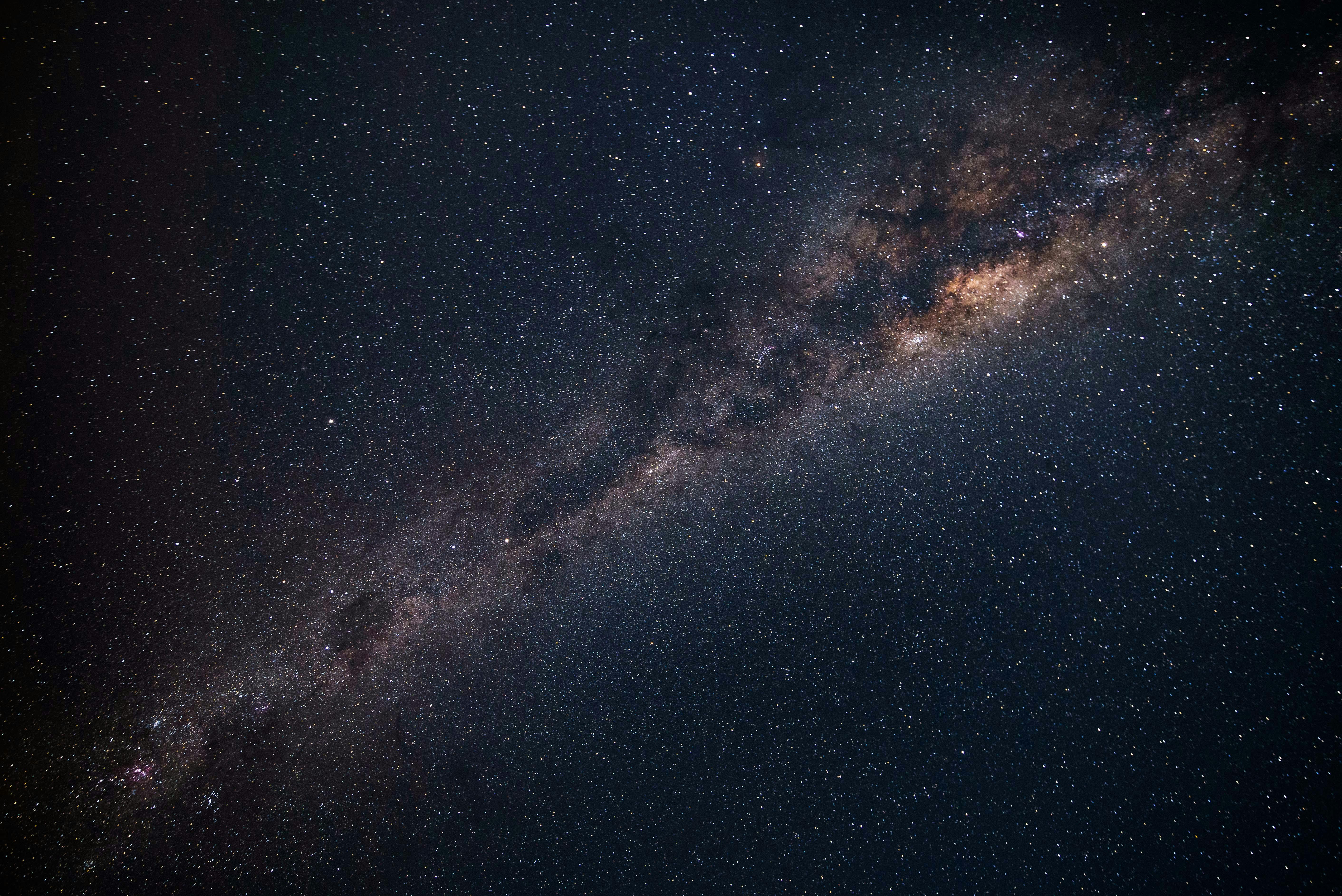If you look up into the night sky and see the stars you might have wondered what’s out there. What is beyond our own little planet? In this article we are going to go on a journey of our solar system and beyond! Let’s embark on an amazing adventure into the cosmos.

Imagine our solar system as a giant cosmic neighborhood, with our star, the Sun, at the center, and the eight planets, like giant balls, orbiting around it. Each planet is unique, with its own hidden characteristics waiting to be discovered.
1. Blast Off to the Inner Solar System:

Mercury: This is the smallest planet, moving so fast that one lap around the sun takes 88 days! It is closest to the Sun and it’s very hot.
Venus: This planet is almost the same size as Earth, but it’s covered in thick, hot clouds and volcanoes. Venus spins in the opposite direction from Earth meaning the sun rises in the west and sets in the east!
Earth: Our planet! The only planet we know of that supports life! It is also the only planet to have consistent bodies of water.
Mars: The red planet. Mars gets its red color from all the iron oxide on its surface. Iron oxide is more commonly referred to as rust!
2. Journey to the Asteroid Belt:
Between Mars and Jupiter, there’s a giant ring of rocky leftovers from the formation of our solar system, called the asteroid belt. Imagine a giant cosmic racetrack filled with millions of rocky space pebbles!
3. Exploring the Gas Giants:

Jupiter: This is the biggest planet in our solar system. So big it could almost have become a tiny star! This giant ball of gas is swirling with colorful storms, including the Great Red Spot. This storm is bigger than the entire earth.
Saturn: Known for its beautiful rings made of ice and rock, Saturn is a gas giant with an amazing 146 moons. It’s majestic sparkling rings come from pieces of comets, asteroids and shattered moons.
Uranus: This distant planet is extremely cold, coming in at an average temperature of negative 320 degrees F! Even though Uranus is 4 times bigger then earth it gets 360 times less sunlight since it is so far away.
Neptune: Being the eighth planet from the sun, Neptune is the farthest object going around our sun that we consider a planet. Being so far from the sun means it takes a long time to get around. One Venus year is equal to 165 earth years!
4. A Quick Trip to the Outer Reaches:
Pluto: Once called a planet, Pluto is now classified as a dwarf planet. It’s a small, icy world located far beyond the gas giants, in a region called the Kuiper Belt.
5. Beyond the Solar System:

The Milky Way: Imagine holding a handful of sand from the beach. That’s roughly how many stars, around 100 billion, make up our galaxy, the Milky Way. The sun and solar system are just 1 of those stars. The Milky Way is a giant spiral galaxy, shaped like a flattened disc with spiral arms winding outwards from the center. Our solar system resides in one of these spiral arms, far from center of the galaxy.
Just like our solar system has planets orbiting the Sun, the Milky Way has stars orbiting the “galactic center”, the center of the galaxy. The stars at the center are the largest including red supergiants hundreds of times larger than our Sun. They get this big because of the large amount of gas, the building blocks for stars, at the center of the galaxy!
Beyond the Milky Way: A Universe of Galaxies
But the Milky Way isn’t alone! Just as our solar system is just one of billions in the Milky Way, our galaxy is just one of countless galaxies in the universe. Scientists can not even estimate how many galaxies there are. From the ones we can see with telescopes they estimate there are billions of galaxies out there, each with its own unique characteristics and amazing worlds.
What’s Out There?
So, what lies beyond these galaxies? The universe is a vast and mysterious place, and scientists are still unraveling its secrets. We know there are things we can’t see directly, like dark matter and dark energy, which make up most of the universe’s mass and energy.

We also know there are exoplanets, planets orbiting stars outside our solar system. Thousands have been discovered, and some might even be capable of supporting life! The possibility of finding life beyond Earth is one of the most exciting aspects of exploring the universe.
The Adventure Continues!
While we may not be able to hop on a spaceship and visit these distant galaxies just yet, the universe holds endless possibilities for future exploration. Powerful telescopes help us peer deeper into space, and new technologies are constantly being developed to unlock the universe’s secrets.
Become a Space Explorer:
Learning about the solar system is an incredible adventure. Here are some ways to keep exploring:
- App to spot stars and planets! With a little help from a grown-up, you might be able to see Venus, Mars, Jupiter, and even Saturn shining brightly.

